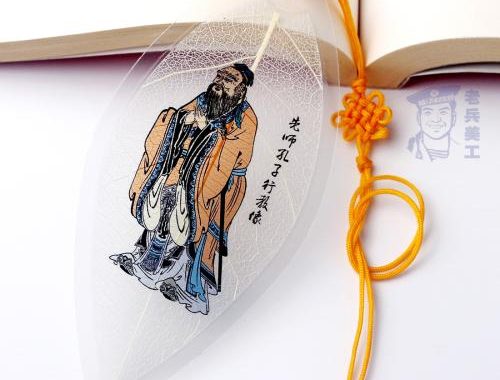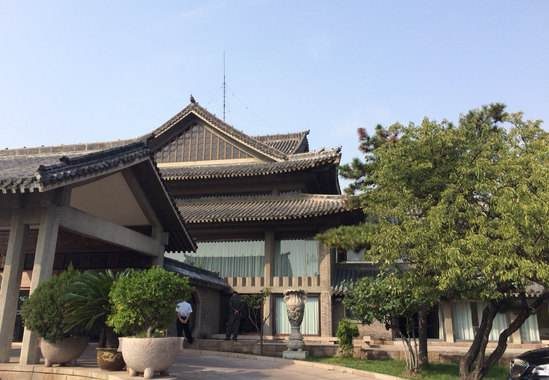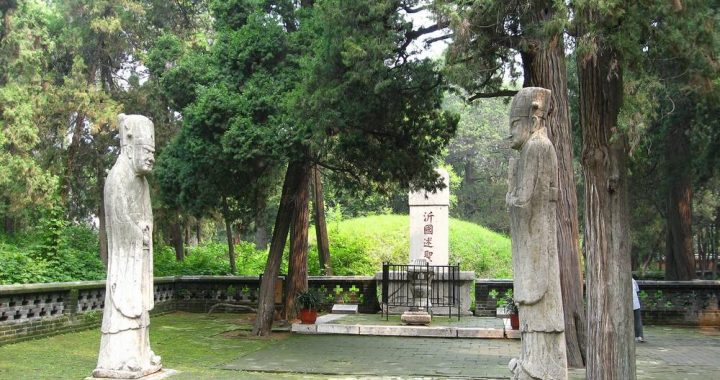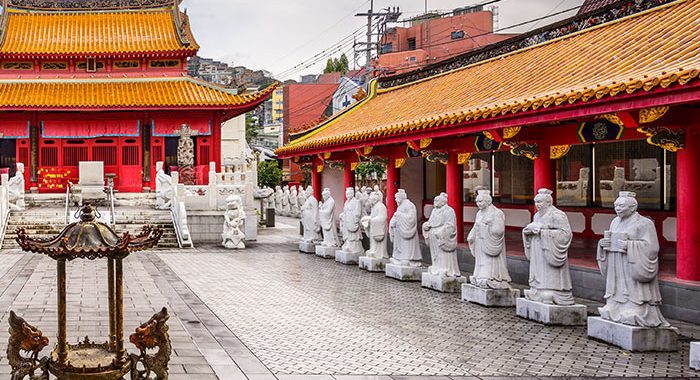Qufu, Step into History
2 min readHeritage: Confucius Tempie, Confucius Mansions, Confucius Cemetery Qufu is legendary for the Chinese as the birthplace of Confucius, that ancient sage and teacher whose impact continues to influence Chinese education, politics, and thought.
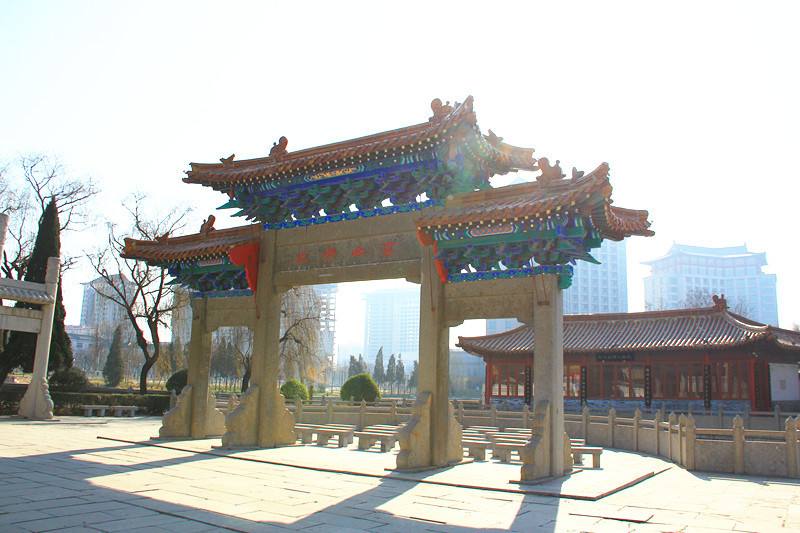
Pleasant street markets and an air of historic importance mark Qufu as a great introduction to Chinese culture and one of China’s most endearing legacies. It’s easy to spend a few days in Qufu exploring the three major sights related to Confucius (Kongzil): the Confucius Mansions(kong fu孔府) where the Sage and some70 generations of his descendants once lived; the Confucius Temple(kong mido) and the Confucius Cemetery (kong lin ) a forest cemetery where Confucius and many of his deceased clan members rest.
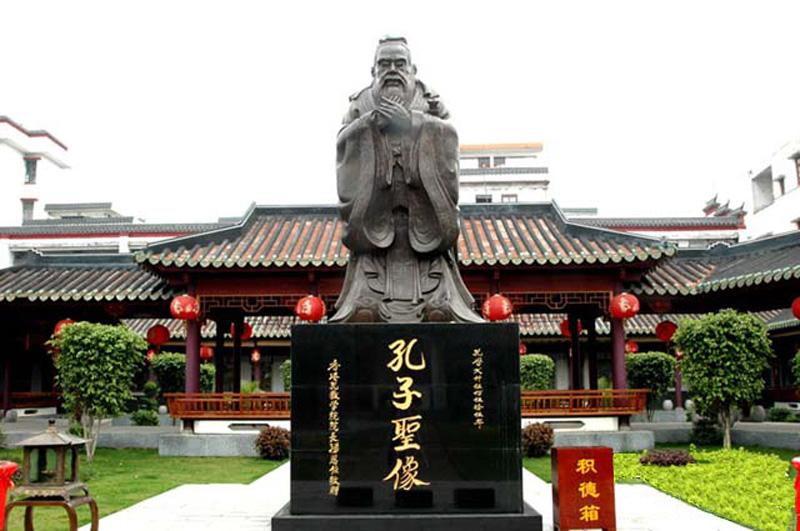
Qufu’s history is directly linked to Confucius. Legend states that he was born in a cave 37 miles (60 km) to the east of Qufu in 551 BC, during the Spring and Autumn Period.
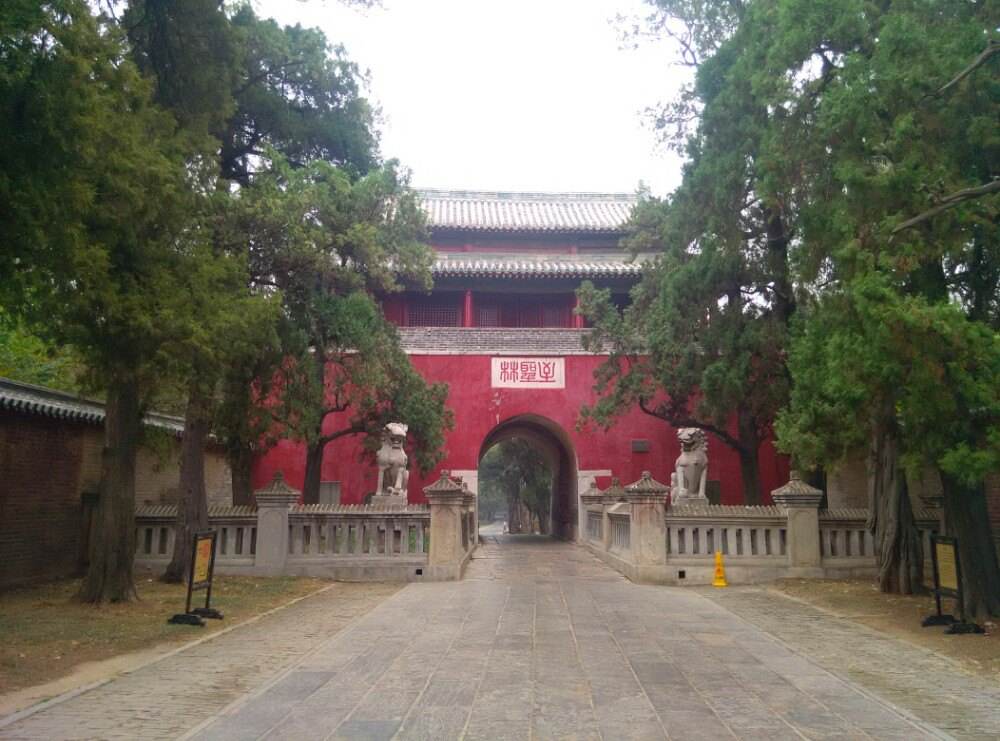
Confucius settled in modern day Qufu, a pauper, after years of unsuccessfully wandering through various kingdoms in hopes of influencing rulers to adopt his teachings. It was only after his death in 479 BC that his ideas gained prominence.
The mansion and temple areas were only open to the Confucius family (Kong family)and visiting emperors; it was forbidden ground for commoners. As a measure of how much prestige the Kong family held, they were given the right to make laws and pass ordinances in Qufu.
Over time the Kong family’s statue grew to the point where they were considered equal to the imperial family.
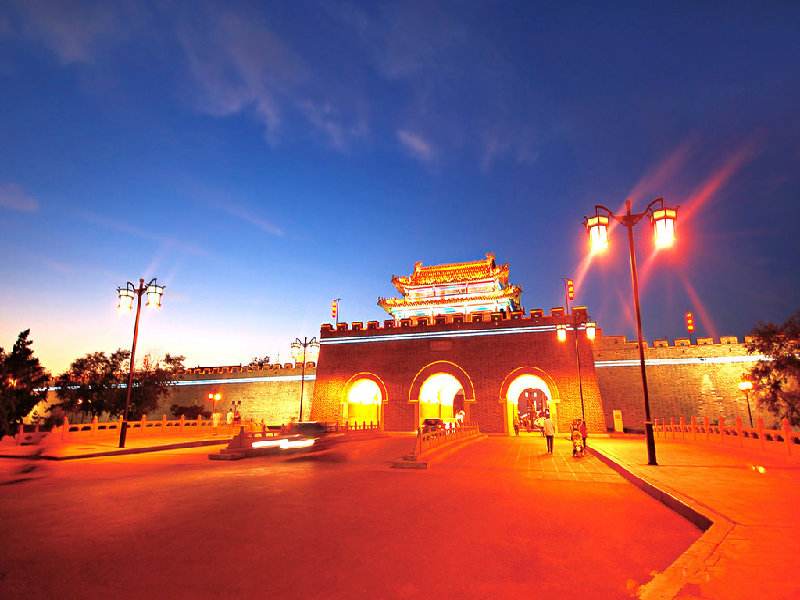
Over the years, the mansion and temple saw substantial expansions, turning the complex into a sprawling spectacle that occupies nearly 20% of modern Qufu. Song, Ming and Qing dynasties architecture abound making strolls along Qufu’s clean streets ascetically pleasing, as well as adding to the historic charm of the city. The architecture will transport you to another time. Buildings with beautiful red and yellow he main south gatewanren gongqiangmarks the beginning of the temple.hgate is reminiscent of an old castle wall and passing through the gate’s large iron studded bustlin king vegetab king vegetable pancakes and various trinkets. It makes you how good of a bargainer Confucius was.

Upon entering the temple grounds, the noise of the market subsides and the tranquility of the temple brings out the scholar in us all Quiet courtyards are home to withered pines support tror metal poles. Numerous steles, honoring Confucius and his disciples, are found through the temple. Many of the steles, bearing dedications carve and central portion of the temple. The steles are supported by a fabled creature akin to a tortoise.
